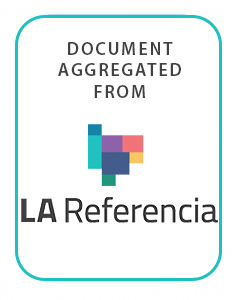DINÁMICA DE PASTOREO EN DOS COMUNIDADES DE LA PUNA DE JUJUY, ARGENTINA: LAGUNILLAS DEL FARALLÓN Y SURIPUJIO
En el presente trabajo se realiza un análisis comparativo de la dinámica del pastoreo en dos comunidades de la puna o altiplano jujeño, a fin de identificar las diversas estrategias empleadas para reducir los riesgos y la incertidumbre asociada a la actividad pastoril. La comunidad de Lagunillas del Farallón se ubica en el extremo noroeste de la puna de la provincia de Jujuy, donde los pastores crían principalmente llamas y cabras con un sistema de rotación estival.





